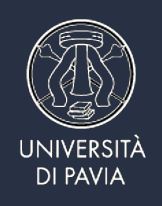PROJECTS
From Research
to Technology Transfer
A direct technology transfer to industry is made possible through our collaboration with leading local green energy companies, including ENI, BeDimensional, and EDISON to name a few. These partnerships play a crucial role in enabling the scale-up of our groundbreaking photovoltaic technology, facilitating its transition from the laboratory to the market. In addition, our group is actively involved in outreach and science communication initiatives as part of the University of Pavia’s Third Mission programme. We are committed to promoting “best practices” in photovoltaics and sustainable energy to a broader, non-specialist audience. This includes engaging the public through hands-on educational activities, such as laboratory open days and participation in events like the European Researchers’ Night.
ONGOING PROJECTS
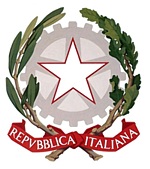
From computational design to material implementation: imparting chirality in luminescent hybrid perovskites (IMPACT)
FOUNDING SOURCE: MUR PNRR – PRIN (Italian Ministry of University and Research)
AMOUNT: 63.281 €
PERIOD: 05/11/2023 - 04/11/2025
This project focuses on the theoretical design and experimental realization of chiral hybrid perovskites, aiming to investigate and implement novel chiroptical properties in thin films.
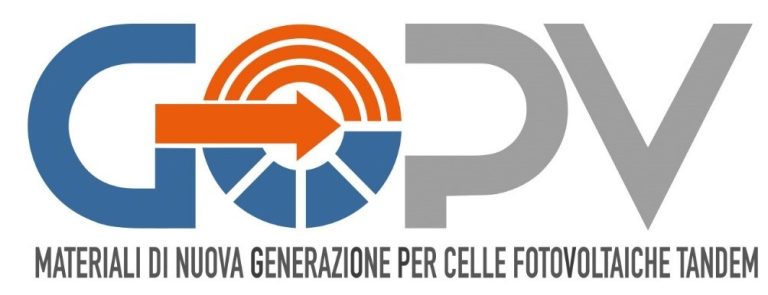
New Generation Materials for Tandem Photovoltaic Cells (GoPV)
FOUNDING SOURCE: MITE – National Energy System Research Plan
AMOUNT: 515.037 €
PERIOD: 21/07/2023 - 20/07/2026
GoPV aims to develop efficient and stable perovskite/perovskite and perovskite/silicon tandem solar cells using advanced vacuum-based deposition processes suited for industrial scaling.

2D/3D Perovskite Heterojunction Solar Cells: Pairing Performance with Stability (HERO)
FOUNDING SOURCE: Competitive Research Grants (CRG) Program CRG11 2022, King Abdullah University of Science and Technology (KAUST)
AMOUNT: 81.600 $
PERIOD: 01/04/2023 - 31/03/2026
HERO investigates degradation mechanisms in perovskite solar cells, focusing on designing 2D/3D interfaces and encapsulants that enhance device and module stability while preserving high performance.

Exploring Photoferroelectricity in halide perovskitES for optoelectronics (EXPRESS)
FOUNDING SOURCE: MUR Framework Per L'attrazione E Il Rafforzamento Delle Eccellenze Per La Ricerca In Italia (FARE) 2018
AMOUNT: 299.816 €
PERIOD: 22/06/2020 - 22/12/2025
EXPRESS explores ferroelectric ABX₃ halide perovskites and engineered interfaces to boost the performance and long-term stability of next-generation optoelectronic devices.
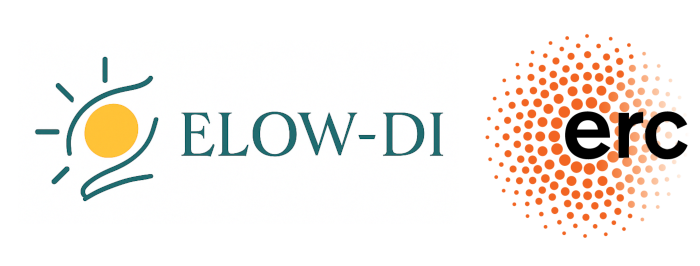
ELOW-DI
FOUNDING SOURCE: H2020 ERCEA ERC Consolidator Grant 2024
AMOUNT: 2.000.000€
PERIOD: 01/09/2025 for 5 years
ELOW-DI (Engineering Low-Dimensional Perovskites for Next-Generation Indoor Photovoltaics) is a cutting-edge research project funded by the European Research Council (ERC), aiming to revolutionize indoor photovoltaic (PV) technologies as a sustainable and efficient alternative to batteries for powering smart and portable electronic devices.
While current indoor PV technologies suffer from limitations such as rigidity, energy-intensive manufacturing, and poor long-term durability, ELOW-DI explores the potential of wide band gap hybrid perovskites—materials known for their tunability, light weight, and high absorption under low-light conditions. However, these materials still face critical challenges related to efficiency, toxicity, and long-term stability.
To overcome these hurdles, ELOW-DI focuses on engineering low-dimensional perovskites (LDPs) incorporating non-toxic components and hydrophobic molecular units, which significantly improve intrinsic stability. A key innovation of the project lies in the controlled design of film morphology, promoting the formation of vertically aligned nanopillars. This architecture enhances charge extraction and reduces recombination losses—two major bottlenecks in current PV technologies.
The project will move from proof-of-concept demonstrations at lab scale to the realization of large-area devices, paving the way for scalable, high-performance, and environmentally friendly indoor PV systems. By integrating materials science, device engineering, and interface physics, ELOW-DI delivers a strong multidisciplinary contribution to the future of sustainable energy in the Internet of Things (IoT) era.
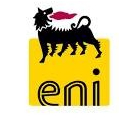
Ongoing collaborative
projects with ENI
Read More PAST PROJECTS

Green Flexible Hybrid Perovskite Solar Module For The Market: From Smart Lead Manipulation To Recycling (FLHYPER)
FOUNDING SOURCE: Circular Economy for a sustainable future – 2020 Fondazione Cariplo
AMOUNT: 200.000 €
PERIOD: 01/01/2021 - 31/12/2023 (+ 12 months extension for maternity leave)
FLHYPER focuses on developing sustainable solar modules by implementing recycled transparent conductive oxide substrates, balancing environmental and economic impact in a market-oriented approach.

Engineering Water Repellent Coatings by Functional Nano-Sponges: a Springboard to Stable Perovskite Devices (SPIKE)
FOUNDING SOURCE: ERC-2022-Proof of Concept (POC)1 Horizon Europe
AMOUNT: 150.000€
PERIOD: 01/01/2023 - 30/06/2024
SPIKE brings to market a new class of low-cost, eco-friendly coatings based on functional nanosponges, offering a breakthrough encapsulation solution for perovskite-based photovoltaic technologies.

Hybrid NANOstructured multifunctional interfaces for stable, efficient and ecofriendly photovoltaic devices (HY-NANO)
FOUNDING SOURCE: H2020 ERCEA ERC Starting Grant 2018
AMOUNT: 1.500.000€
PERIOD: 01/07/2019 - 30/06/2024
HY-NANO developed high-efficiency and stable 2D/3D perovskite junctions based on CsMAFAPbI₃ for nip and pin architectures, achieving a world record in 2021 and offering new insights into interfacial processes responsible for device instability.

